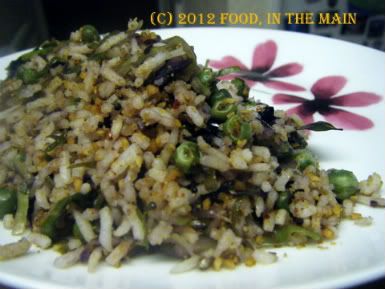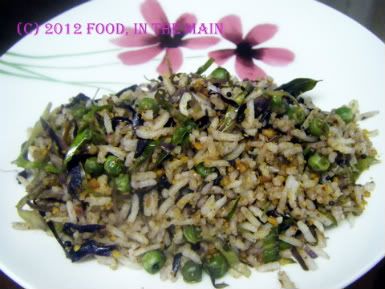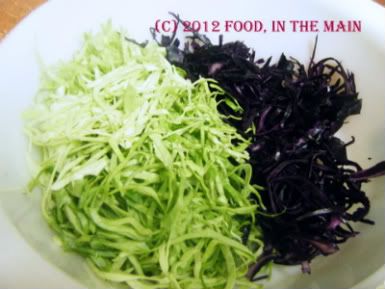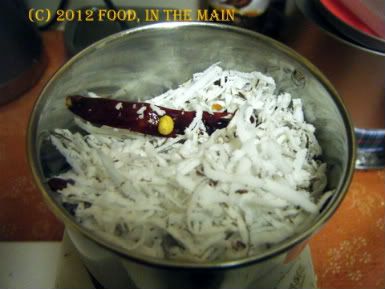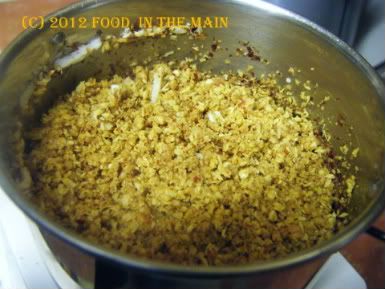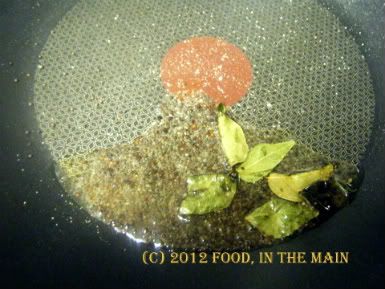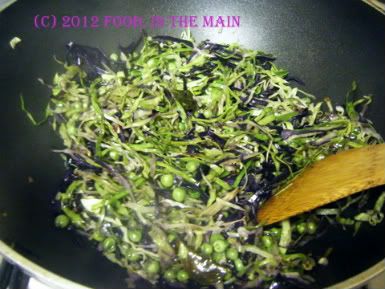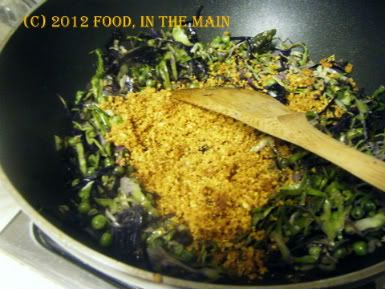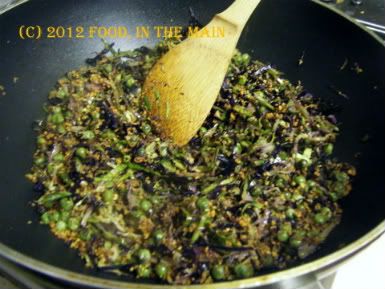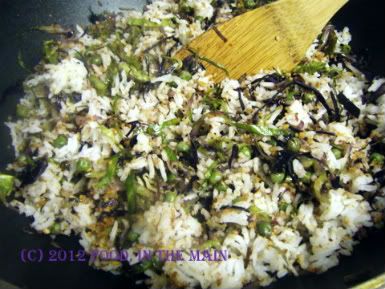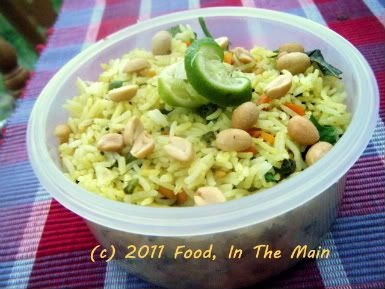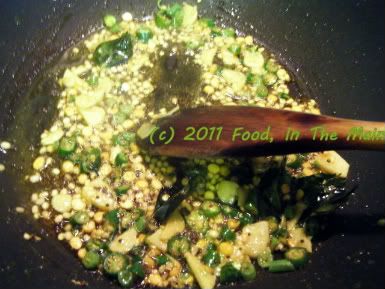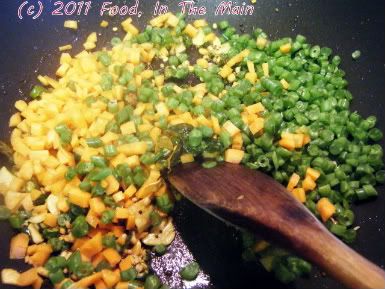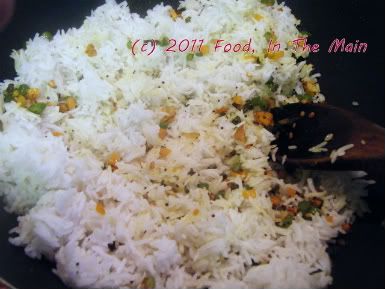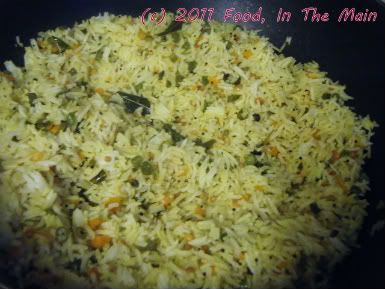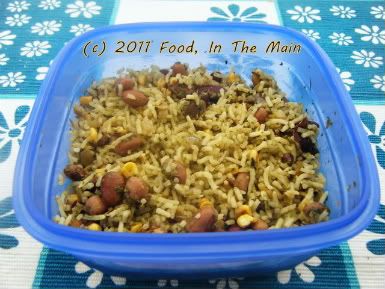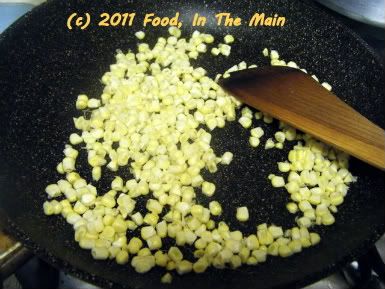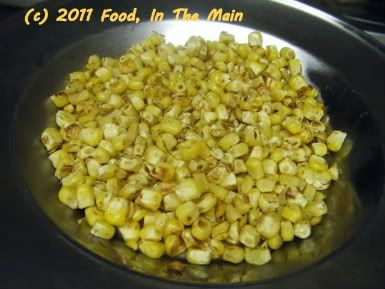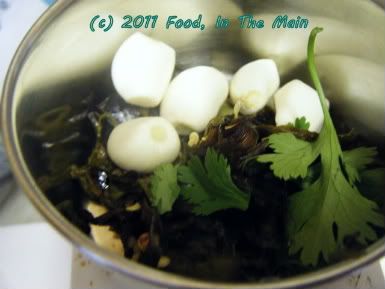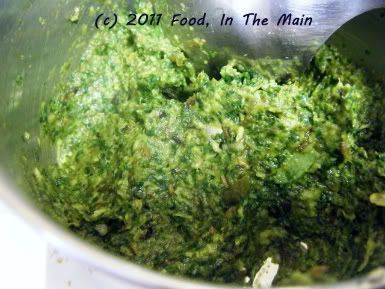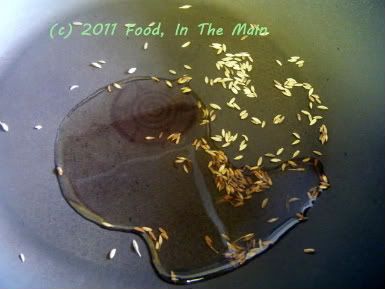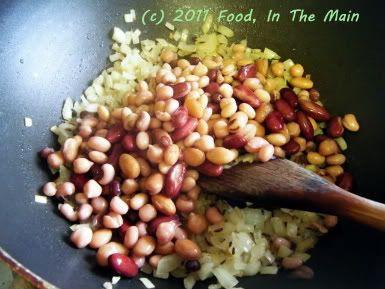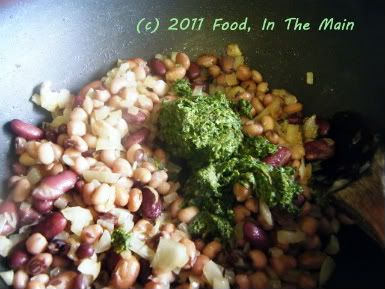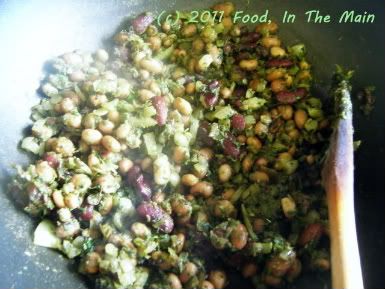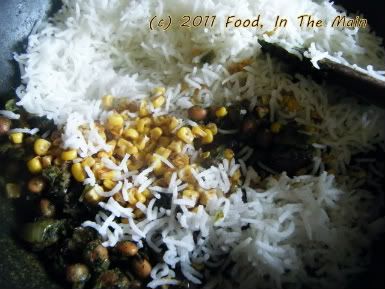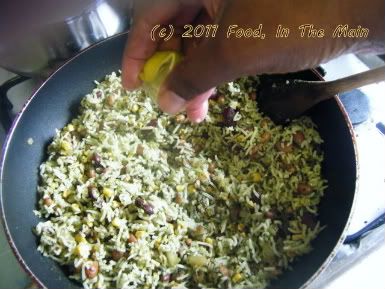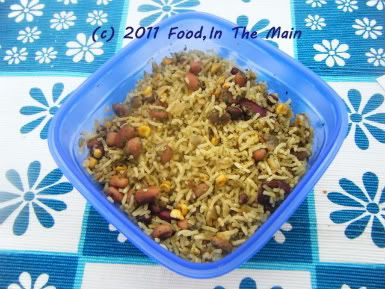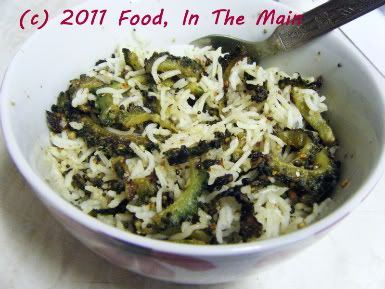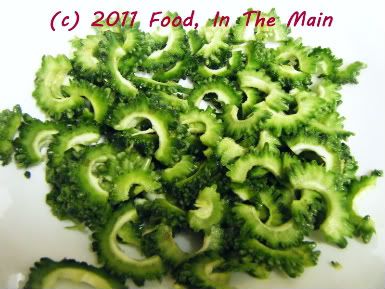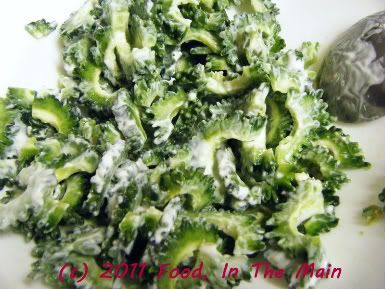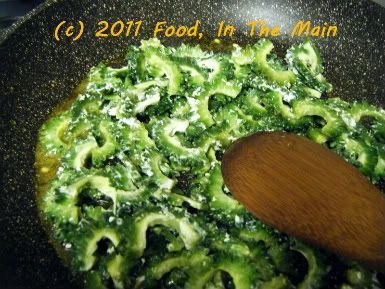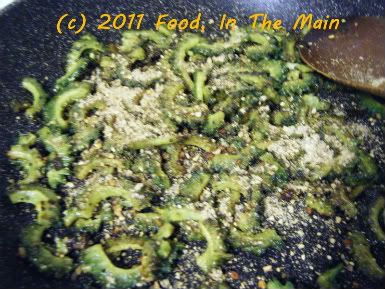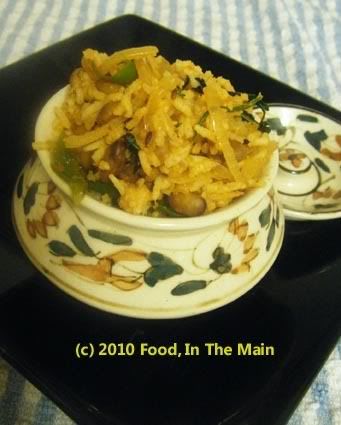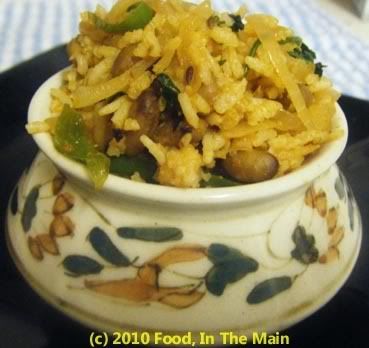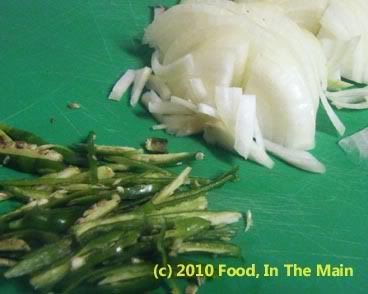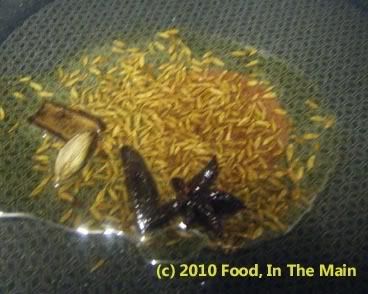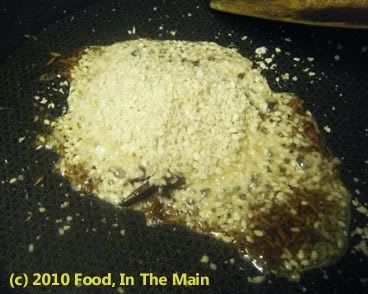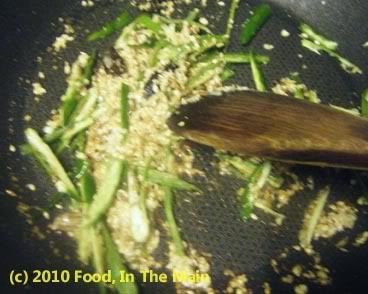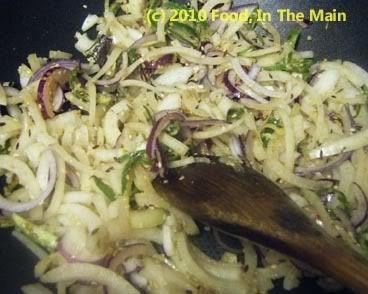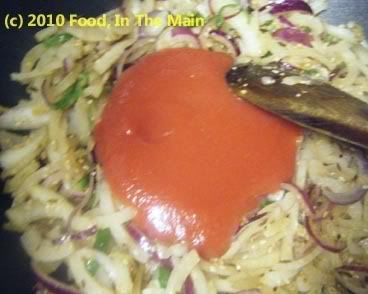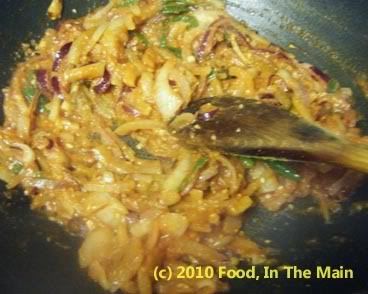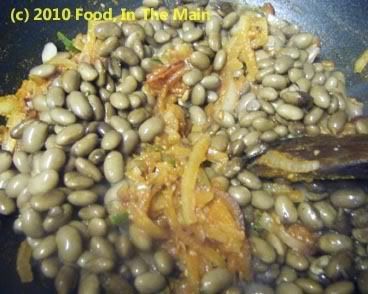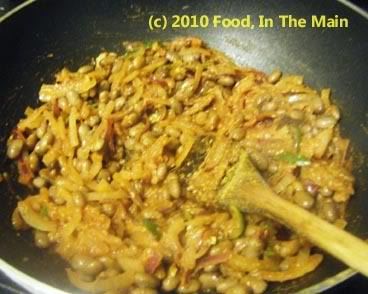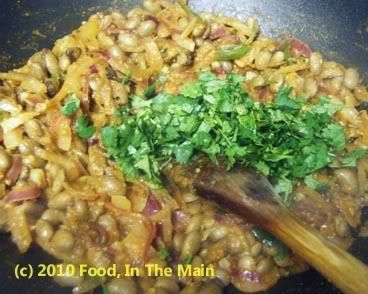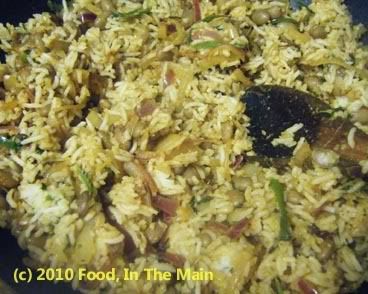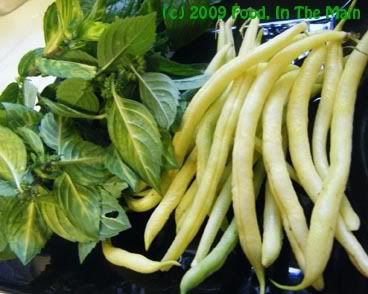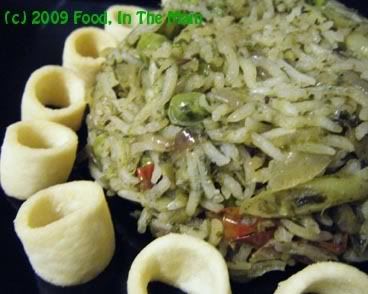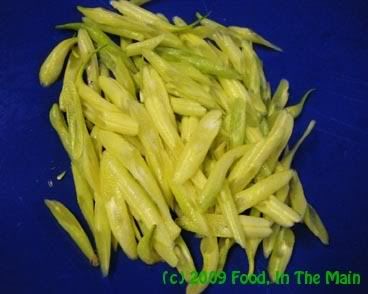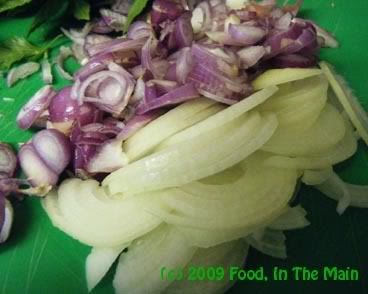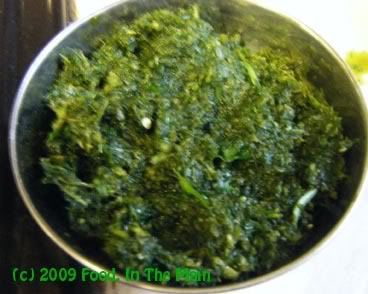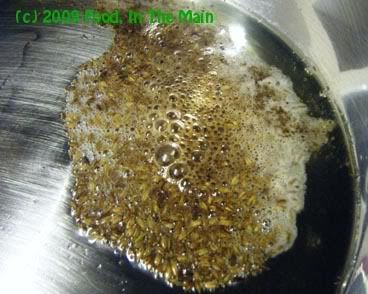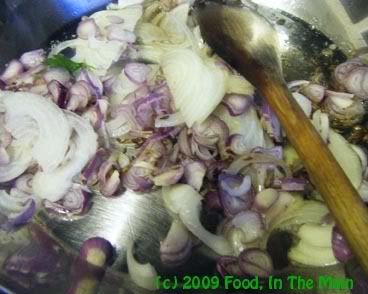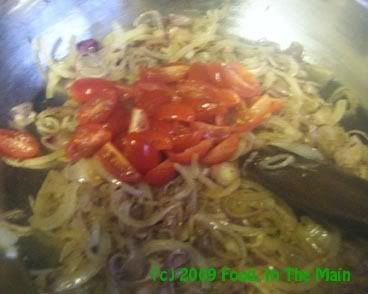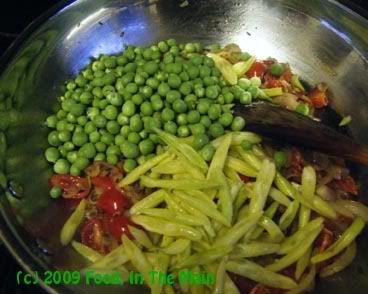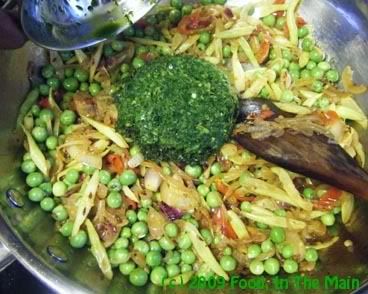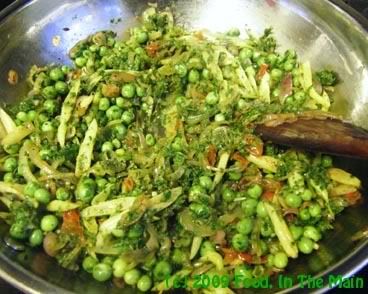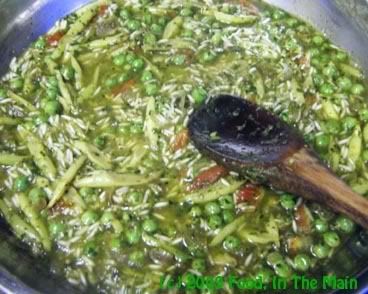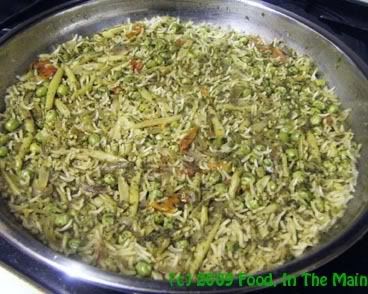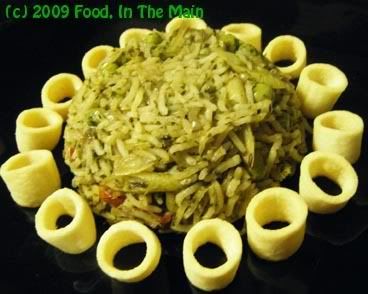If you think about it, recipes that combine protein, carbs and vegetables in a tasty package have to be top of the list for those occasions where you don't want to spend ages in the kitchen but also don't want to be tempted to order a takeaway. This recipe takes about 30 minutes from start to finish, especially if you prep and cook the vegetables while the rice is cooking. If you have leftover rice, this recipe is even quicker to make. And it tastes lovely.
A word of warning with regard to the chana dal - because it's easy to cook it to mush, I don't add any extra water while cooking it with the rice. I like my chana dal very slightly undercooked so that it still has a gentle bite. If you prefer it well soft, feel free to add another 1/8 cup of water while cooking the rice & dal.
Recipe for: Chana dal-vegetable masala rice
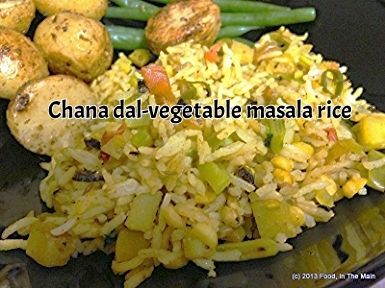
Ingredients:
1 cup basmati rice
1/4 cup chana dal
1 medium potato, chopped into small cubes
1/4 cup sliced runner beans (or green beans)
1 medium tomato, chopped
1 fat clove garlic, sliced
2 medium onions, sliced thin
1 tbsp oil
3-4 green chillies, sliced (to taste)
1 tsp chana masala/garam masala/curry powder
1 tsp cumin seeds
Salt to taste
Chopped coriander leaves for garnish
Roasted peanuts, for garnish (optional)
Method:
1. Wash and soak the basmati rice and chana dal together for 15 minutes. Then place in a saucepan along with 2 cups water over high heat. When the water begins to bubble and holes appear in the rice, stir the rice, turn down the heat to the lowest setting, and cover the pan with a lid placed over a clean tea towel (the towel will absorb the steam). Let it be for about 8-10 minutes, then turn off the heat. Let the rice stay undisturbed for 10 minutes so that it can absorb the moisture, then fluff it up.
2. While the rice is cooking, heat the oil in a saute pan until it shimmers, add the cumin seeds and fry them for 10 seconds, then add the green chillies and garlic and stir-fry for 30 seconds or so. Stir in the onions and cook them till they turn soft.
3. Now add the chopped tomato, potato and runner beans/green beans and stir well. Cover the pan and cook on simmer for 10-15 minutes, till the vegetables are done. Stir in the chana masala/garam masala/curry powder and salt to taste.
4. Finally, add the rice-chana dal and mix it in gently but thoroughly with the vegetable masala. Sprinkle with coriander leaves and peanuts, and serve hot with any raita.

